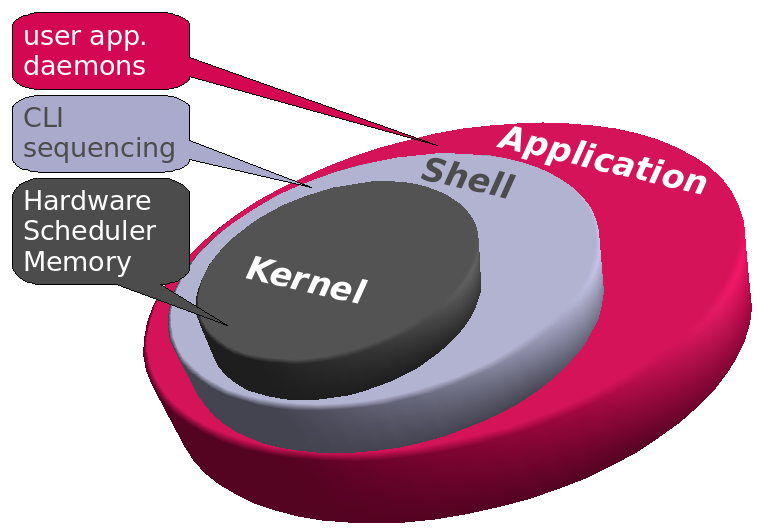

- #Keyword file linux kernel how to
- #Keyword file linux kernel install
- #Keyword file linux kernel driver
This prints out the matches for the text along with the line numbers.

Let's look at nine of them while applying them to the example above. You is expected to have a different color than the other text to easily identify what was searched for.īut grep comes with more options which help us achieve more during a search operation. The result for this is: Hello, how are you The following grep command will search for all occurences of the word 'you': grep you grep.txt If there is no match, no output will be printed to the terminal.įor example, say we have the following files (called grep.txt): Hello, how are you The result of this is the occurences of the pattern (by the line it is found) in the file(s). You can also use the wildcard (*) to select all files in a directory. Note that single or double quotes are required around the text if it is more than one word. Without passing any option, grep can be used to search for a pattern in a file or group of files.
#Keyword file linux kernel how to
In this article, we'll look at how to use grep with the options available as well as basic regular expressions to search files. Grep comes with a lot of options which allow us to perform various search-related actions on files. It is a command line tool used in UNIX and Linux systems to search a specified pattern in a file or group of files. Refer to Section 39.5 Verifying the Initial RAM Disk Image and Section 39.Grep stands for Globally Search For Regular Expression and Print out. Loader modifications are made, verify that they were done correctlyĪnd be sure to use the custom kernel version instead ofĢ.4.21-1.1931.2.399.ent.
#Keyword file linux kernel driver
If the system has a SCSI adapter and the SCSI driver wasĬompiled as a module or if the kernel was built with ext3 support asĪ module (the default in Red Hat Enterprise Linux), the initrd Initrd image and adds new entries to the boot sbin/new-kernel-pkg script that builds a new boot directory, this command also executes the In addition to installing the kernel files in the Its associated files to the proper directories.
#Keyword file linux kernel install
Use make install to copy the new kernel and This installs the kernel modules into the directory path Notice the underscore ( _) in theĬommand. Install the kernel modules (even if nothing was actuallyīuilt). For the iSeries and pSeries architectures, build For the S/390Īnd zSeries architectures, build the kernel with make To append the date at the end (or another identifier).įor the x86 and AMD64 architectures, build the kernel with If the system contains more than one custom kernel, a good method is Kernel and the new kernel (version 2.4.21-1.1931.2.399.entcustom) on the system For other possibilities, details can be found at Īppending the string allows the system to have the old working The methodĭescribed here is the easiest to recover from in the event of a Number so that the existing kernel is not overwritten. It is recommended that the custom kernel have a modified version Use the command make clean to prepare the source To any new questions that did not previously exist.Īfter creating a /usr/src/linux-2.4/.configįile, use the command make dep to set up the Non-interactive script that reads the existing configurationįile (. This method is not recommended because it does not Window System and does not allow answers to be changed for Components are presented in a linear format andĪnswered one at a time. Other available methods for kernel configuration include:

Make menuconfig command (or one of the other methodsįor kernel configuration) is required before continuing. The XĪfter finishing the configuration, select ExitĮven if no changes were made to any of the settings, running the More than four gigabytes of memory, copy the file that contains the More than one processor, copy the file that contains the keyword To do this, copy theĬonfiguration file for the system's architecture from the It is recommended that the configuration of the default Red Hat Enterprise Linux usr/src/linux-2.4/.config, back it up to aĭifferent directory before running this command and copy it back If an existingĬonfiguration file already exists as the file That may be scattered around the source tree. Make mrproper is issued first to remove anyĬonfiguration files along with the remains of any previous builds Therefore, it is recommended that the command It is important that kernel build starts with the source tree inĪ known condition. Point forward must be executed from this directory. Open a shell prompt and change to the directory To determine the kernel version, type theĬommand uname -r and replace 2.4.21-1.1931.2.399.ent with the This example uses 2.4.21-1.1931.2.399.ent as the kernel version (the kernel


 0 kommentar(er)
0 kommentar(er)
